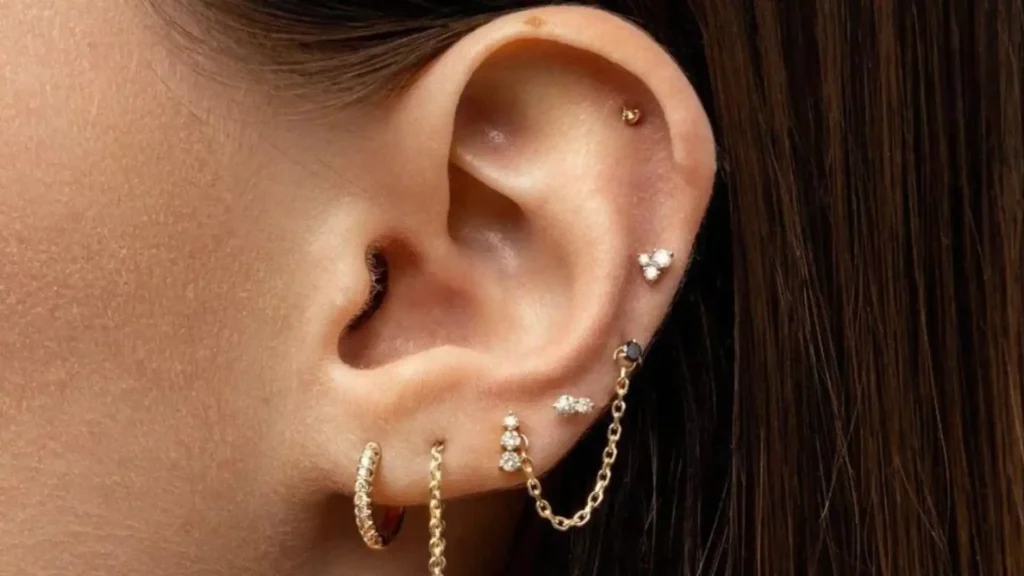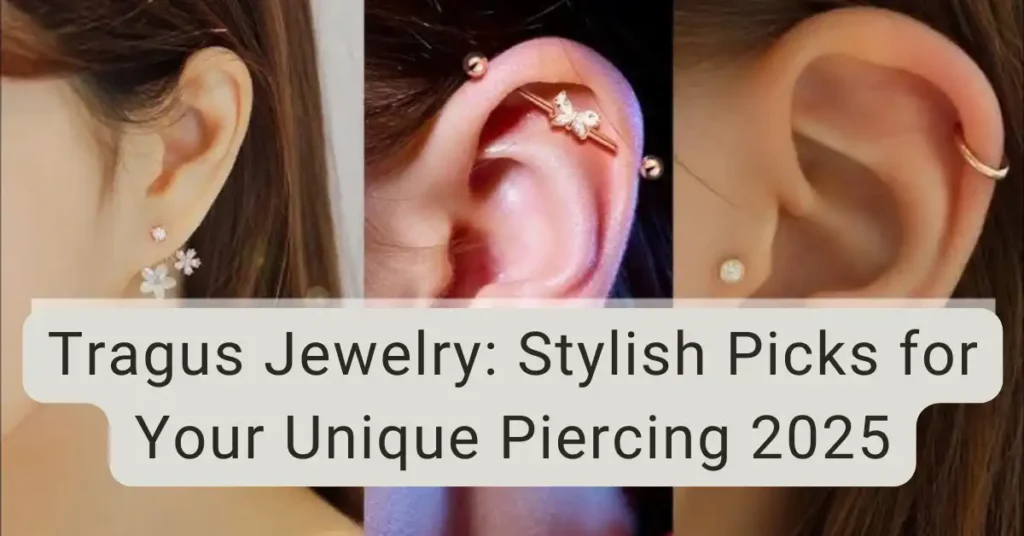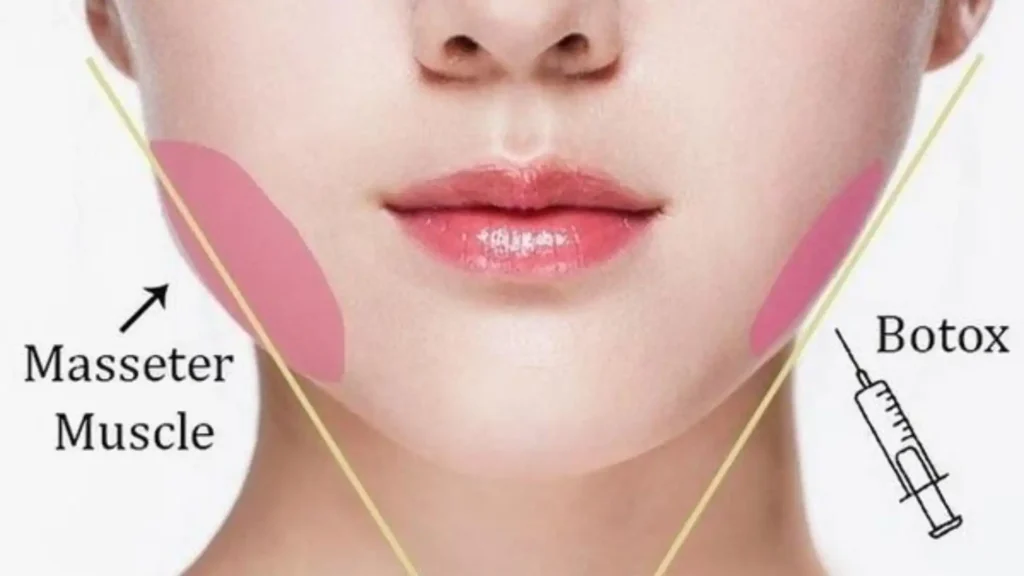Helix piercings have gained immense popularity due to their versatility and stylish appeal. A helix piercing involves puncturing the upper cartilage of the ear, allowing for various jewelry options and combinations. Helix Piercing Guide, Whether you’re a piercing enthusiast or a beginner, understanding the different aspects of helix piercings is crucial for a safe and satisfying experience. Helix Piercing Guide.
Types of Helix Piercings
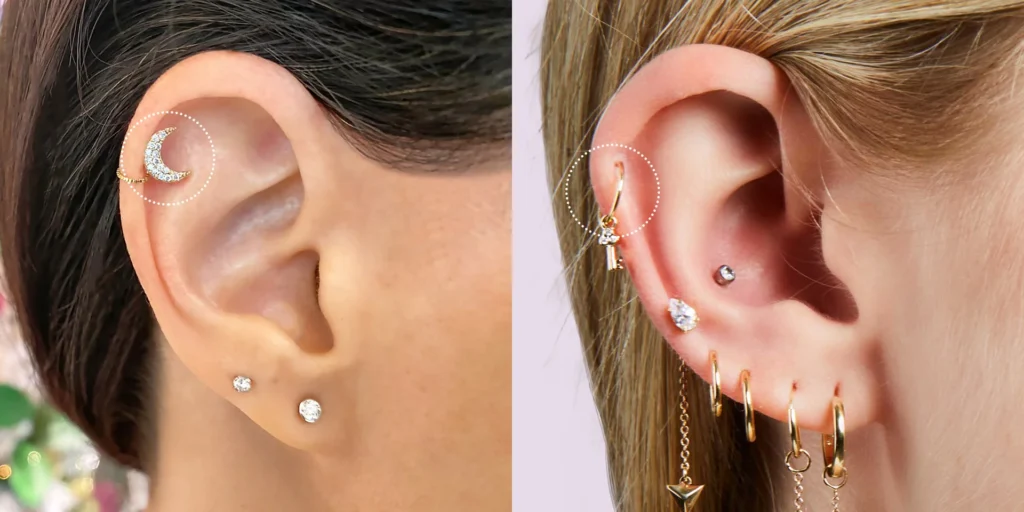
Helix piercings come in several variations, each offering a unique look and style. Here are the most common types:
- Standard Helix Piercing: Located on the outer upper cartilage of the ear, this is the most common type of helix piercing.
- Forward Helix Piercing: Positioned on the outer upper cartilage closest to the face.
- Double and Triple Helix Piercing: Involves two or three piercings lined up along the outer cartilage.
- Industrial Piercing: A barbell piercing that connects two holes in the upper cartilage.
Procedure, Helix Piercing Guide
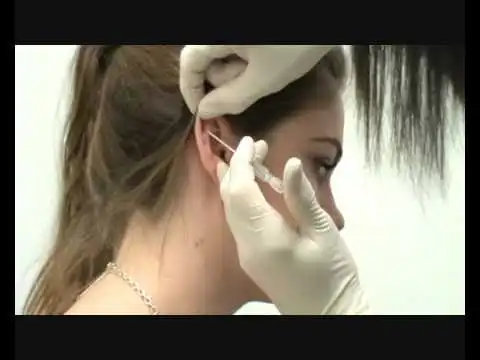
Getting a helix piercing involves several steps that ensure safety and precision:Helix Piercing Guide.
- Choosing a Professional Piercer: Always select a certified and experienced piercer.
- Sterilization and Preparation: The piercer will clean and mark the area to ensure accuracy.
- Step-by-Step Process:
- The piercer will use a sterilized needle to create the hole.
- Jewelry is immediately inserted to keep the piercing open.
- The area is cleaned again to prevent infection.
Aftercare Instructions
Proper aftercare is essential for healing and preventing complications. Follow these steps for optimal care:
- Cleaning Routines and Products: Helix Piercing Guide.
- Use a saline solution to clean the piercing twice a day.
- Avoid using alcohol or hydrogen peroxide, as they can dry out the piercing.
- Dos and Don’ts During Healing:
- Do avoid touching the piercing with dirty hands.
- Don’t twist or turn the jewelry unnecessarily.
- Common Mistakes to Avoid:
- Sleeping on the pierced side.
- Using harsh cleaning products.
Healing Process
Healing times can vary, but understanding the process helps manage expectations:
- Typical Healing Timeline:
- Initial healing: 3-6 months.
- Full healing: Up to 12 months.
- Signs of Proper Healing vs. Complications:
- Proper healing: Reduced redness and swelling, no discharge.
- Complications: Persistent pain, excessive swelling, or pus.
- Factors Affecting Healing Time:
- Individual health and hygiene.
- Aftercare practices.
Potential Risks and Complications
While helix piercings are generally safe, being aware of potential issues is important:
- Infections: Caused by bacteria entering the piercing.
- Allergic Reactions: Often due to metal sensitivity.
- Scarring and Keloids: Overgrowth of scar tissue.
Choosing Jewelry
Selecting the right jewelry enhances both the look and comfort of your helix piercing:
- Studs vs. Hoops:
- Studs: Ideal for initial piercings due to their stability.
- Hoops: Popular for healed piercings and offer a stylish look.
- Material Choices:
- Gold, titanium, and surgical steel are recommended for their hypoallergenic properties.
- Popular Brands and Styles:
- Maria Tash: Known for luxury helix jewelry.
- Studs: Offers stylish and comfortable options.
Changing and Removing Jewelry
Handling your jewelry properly is crucial to avoid damage or infection:Helix Piercing Guide.
- When to Change Your Jewelry: Wait until the piercing is fully healed, typically after 6-12 months.
- How to Safely Remove and Insert Jewelry:
- Wash your hands thoroughly.
- Use sterilized tools if needed.
- Signs You Need to Consult a Professional: Difficulty removing the jewelry or signs of infection.
FAQs and Expert Tips, Helix Piercing Guide
Addressing common questions helps in making informed decisions about helix piercings:
- Does a Helix Piercing Hurt?
- Pain varies but is generally mild to moderate.
- How Much Does It Cost?
- Prices range from $30 to $100, depending on location and jewelry.
- Can You Sleep on a Helix Piercing?
- It’s best to avoid sleeping on the pierced side until fully healed.
- What Should I Do if My Piercing Gets Infected?
- Clean with saline solution and consult a professional if symptoms persist.
- How Long Should I Wait Before Changing the Jewelry?
- Wait at least 6-12 months for the piercing to fully heal.
Expert Tips
- Advice from Professional Piercers:
- Always follow aftercare instructions meticulously.
- Choose high-quality jewelry to avoid complications.
- Personal Experiences and Testimonials:
- Many find the initial discomfort worth the long-term aesthetic appeal.
- Recommended Products for Aftercare:
- Saline solution, gentle antimicrobial soaps, and non-irritating lotions.
Conclusion
Helix piercings offer a unique and fashionable way to express your style. By understanding the types, procedures, aftercare, and potential risks, you can ensure a safe and enjoyable piercing experience. Always consult with a professional and prioritize proper aftercare to maintain the health and appearance of your piercing.Helix Piercing Guide.
Read more :
- Ear cartilage piercing
- Helix ear jewelry
- Piercing aftercare
- Cartilage piercing healing time
- Forward helix piercing
- Helix piercing infection
- Piercing pain management
- Helix earrings
- Piercing studio hygiene
- Cartilage piercing risks
- Helix Piercing Guide
Discover more trends:
Follow us on: : 📌Pinterest | 📘 Facebook

